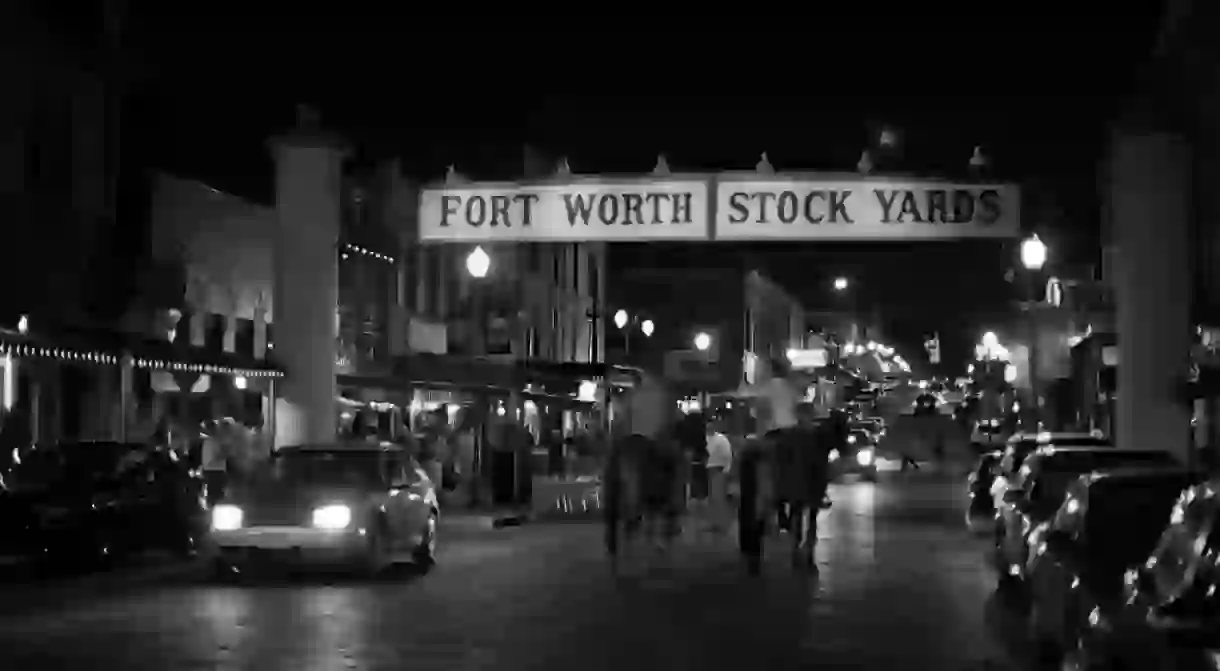10 Most Controversial Statues And Sculptures In Texas

Texas takes great pride in its mixed history and culture. Public art is one way Texas celebrates its past, present, and future, but art is always subject to different interpretations. Whether the original intent was to honor fallen heroes, commemorate an event in history, recapture another time and place, or evoke questions, these statues and sculptures went beyond and became the subjects of controversy.
The Equestrian
This 36-foot tall bronze statue of Juan de Oñate resides outside El Paso’s airport. Due to an outcry by Native American groups, the city council left off the Spanish conquistador’s name and simply called it The Equestrian. Oñate’s conquests included establishing a passage through El Paso that led to Spanish civilization moving north. The controversy lies with his treatment of the local Indians, which was so severe that he was tried and punished in Mexico City. The sculptor, John Sherrill Houser, denies creating the statue to honor Oñate but instead to ‘represent a stage in history’ and ‘make people aware of the past.’
The Equestrian, 6701 Convair Road, El Paso, TX, USA +1 915 780 4749

Jefferson Davis
University

Woodrow Wilson
University
Vaquero de Fort Worth
Homeless Jesus
Church, Park

Tornado of Ideas
School, University
Christopher Columbus
Park
Dick Dowling
Library, Park

Classmates
University
Caelum Moor
Park













